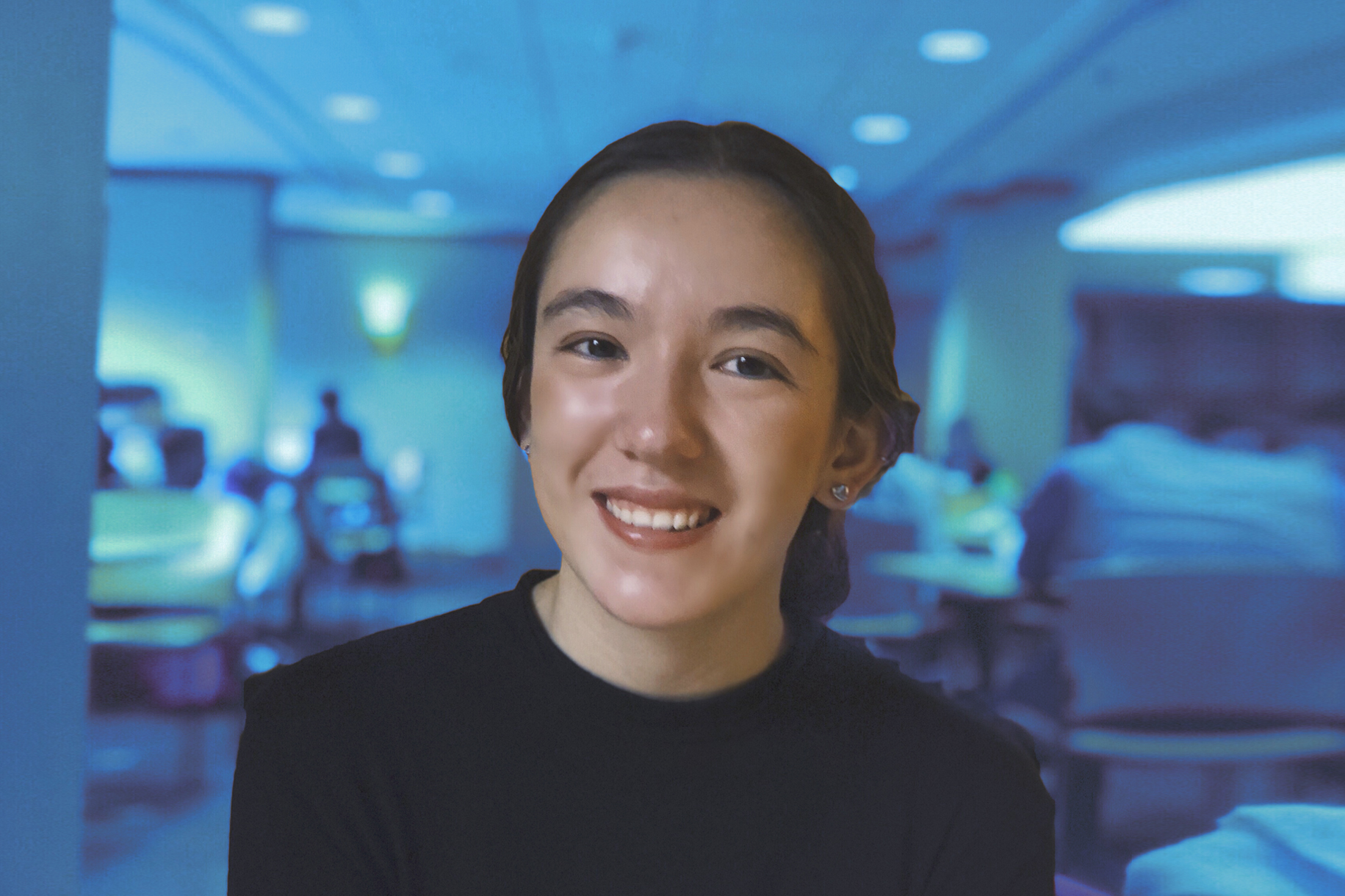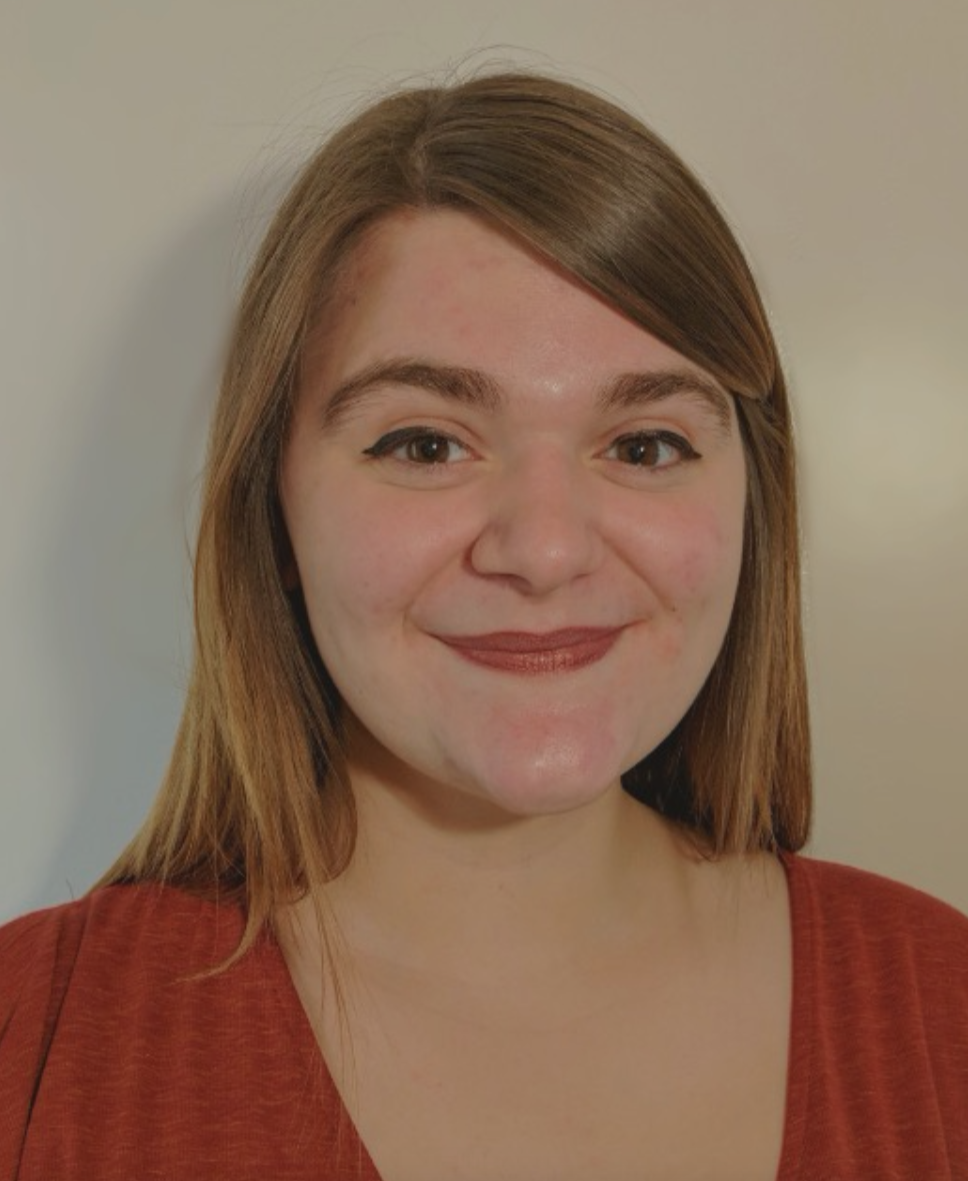Ask any talented architect about the essentials of efficient design, and they will likely confirm that there are few things more important to the function of a building than its context. A fifth-year student at Cornell University pursuing a degree in architecture, Amy Mei Wood couldn’t agree more. “It’s really important that you know it’s not an isolated object,” she says. “You have a responsibility to know the culture and geography and people of a place you’re building in.”
If an architect disregards the context of location, they risk ignoring the needs of the people who live in that location and who would be using the building. As a result, the responsibility to acknowledge the macro-context of a structure serves as the foundation for most of Wood’s projects, many of which are inspired by her travels.
In fact, Wood’s most recent project, “Barge-itecture: Sail Around the Coast of Tobago,” allowed her to examine problems in Tobago, an island she visited in September, and solve them with a fantastical design.
As part of her work, Wood sought out issues that most affected both residents and tourists in the area, and she found herself honing in on both environmental and transportation-based inadequacies. The first problem was a lack of clean drinking water; the second was unreliable transportation. Barge-itecture addresses them both.
According to Wood’s design, a converted barge would serve as transportation around the coast of the small Caribbean island for locals and tourists, all while desalinating seawater, a task accomplished by a series of filtration tanks housed below deck.
The movement of the barge naturally brings in seawater, which gets desalinated by passing through a sand-and-sediment filter, a purifier, an evaporator and a condenser. From there, the water goes to an output tank where it could be consumed by passengers or delivered at port for locals to use, giving the barge purpose both at sea and on land.
Wood included several amenities above the desalination plant, including an amphitheater, a cafe, a pool and a green playground, but still wants passengers to be aware of the ferry’s environmental impact while enjoying what it has to offer. In order to encourage “mindfulness,” as Wood calls it, about the desalination process, certain floor plates are designed to move vertically with the flow of water through the filtration tanks.
Movement with the water would remind passengers of the process happening just beneath them, encouraging them to think about how their actions could impact the environment, but also about the ways in which they are supporting clean-water production by using the barge. The vertical movement also means areas of the ferry can expand and condense, always making something look new, contributing to the fantasy of the design Wood aimed to achieve.

Drawing inspiration from the home of “James Bond” author Ian Fleming, which is located off the coast of Tobago, Wood incorporated elements inspired by the action-adventure genre. From secret passageways to meeting spaces, she designed the building to cater to fans of the spy genre and luxurious travel. The technical aspects of Wood’s design connect several barges, allowing them to create formations from bridges to an artificial island, that enhance the fantastical quality of the project.
The Barge-itecture project represents Wood’s primary goals with architectural design: promoting international development, providing infrastructure to places that need it and, of course, building for a community.
Wood wouldn’t have been able to explore these goals if it weren’t for her first developing an interest in architecture itself, which happened nearly on accident. In high school, after signing up for a drafting class by mistake, she was at first unsure about the field, but soon grew to love it and took the class all four years. She found that she was good at it quite quickly, and, as happens often, she stuck with it as a result.
The architect’s interests only continued to develop once at Cornell, where she is conducting research on mutualism in architecture for her thesis. “I got interested in this research a year ago in a class that was transformative for me. It’s the idea that architecture is not just an object, it’s a part of a relationship with the whole world,” she says. “So a house isn’t just a house, there’s the neighborhood, the city, etc. That was inspiring and changed the way that I thought about architecture.”
Though she is an avid researcher, and knows her way well around different architectural schools of thought, the Cornell student is still working to develop her own tastes. “I would hesitate to say that I have a particular style, because whatever you do should conform to the situation that’s in,” she says. “But at the same time, I sort of do have a style. I’m really inspired by Brutalist architecture and modern 20th century Japanese architects.”
While Wood’s Barge-itecture project and others only exist on the page for now, she looks forward to one day seeing her work come to life. She understands there is a difference between drafting a model and actually constructing a structure, especially in terms of how fanciful it can be, but she’s nonetheless excited to turn her visions into realities.
“There are a lot of challenges in real life, where architects have to scale down ambitions and collaborate with others,” she says. ” I haven’t personally experienced that yet, but there are still rewards. I don’t know if I could do it if it wasn’t rewarding.”
You can check out more of Wood’s work on her website.

















